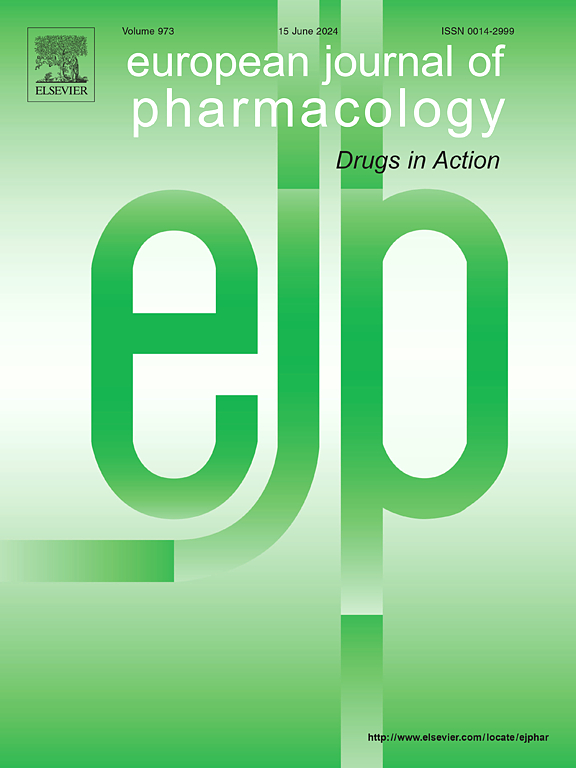探索第四代表皮生长因子受体抑制剂:临床结果和结构结合见解综述
IF 4.2
3区 医学
Q1 PHARMACOLOGY & PHARMACY
引用次数: 0
摘要
表皮生长因子受体(EGFR)是抗癌治疗的潜在靶点,在细胞生长、存活和转移中起着至关重要的作用。EGFR基因突变触发异常信号,导致非小细胞肺癌(NSCLC)。酪氨酸激酶抑制剂(TKIs)有效地靶向这些突变来治疗NSCLC。虽然前三代EGFR TKIs已被证明有效,但EGFR- c797s耐药突变的出现带来了新的挑战。为了解决这个问题,已经开发了各种合成EGFR TKIs。在这篇综述中,我们总结了近五年来报道的EGFR TKIs,重点是它们的临床结果和构效关系分析。我们还探索了结合袋和配体之间的结合模式和相互作用,以深入了解这些抑制剂的机制,这有助于癌症靶向治疗的进步。此外,人工智能驱动的方法,包括递归神经网络和强化学习,通过促进快速筛选、预测EGFR突变和新的化合物生成,已经彻底改变了EGFR抑制剂的设计。本文章由计算机程序翻译,如有差异,请以英文原文为准。

Exploring 4th generation EGFR inhibitors: A review of clinical outcomes and structural binding insights
Epidermal growth factor receptor (EGFR) is a potential target for anticancer therapies and plays a crucial role in cell growth, survival, and metastasis. EGFR gene mutations trigger aberrant signaling, leading to non-small cell lung cancer (NSCLC). Tyrosine kinase inhibitors (TKIs) effectively target these mutations to treat NSCLC. While the first three generations of EGFR TKIs have been proven effective, the emergence of the EGFR-C797S resistance mutation poses a new challenge. To address this, various synthetic EGFR TKIs have been developed. In this review, we have summarized the EGFR TKIs reported in the past five years, focusing on their clinical outcomes and structure-activity relationship analysis. We have also explored binding modes and interactions between the binding pocket and ligands to provide insights into the mechanisms of these inhibitors, which contribute to advancements in targeted cancer therapy. Additionally, artificial Intelligence-driven methods, including recursive neural networks and reinforcement learning, have revolutionized EGFR inhibitor design by facilitating rapid screening, predicting EGFR mutations, and novel compound generation.
求助全文
通过发布文献求助,成功后即可免费获取论文全文。
去求助
来源期刊
CiteScore
9.00
自引率
0.00%
发文量
572
审稿时长
34 days
期刊介绍:
The European Journal of Pharmacology publishes research papers covering all aspects of experimental pharmacology with focus on the mechanism of action of structurally identified compounds affecting biological systems.
The scope includes:
Behavioural pharmacology
Neuropharmacology and analgesia
Cardiovascular pharmacology
Pulmonary, gastrointestinal and urogenital pharmacology
Endocrine pharmacology
Immunopharmacology and inflammation
Molecular and cellular pharmacology
Regenerative pharmacology
Biologicals and biotherapeutics
Translational pharmacology
Nutriceutical pharmacology.

 求助内容:
求助内容: 应助结果提醒方式:
应助结果提醒方式:


